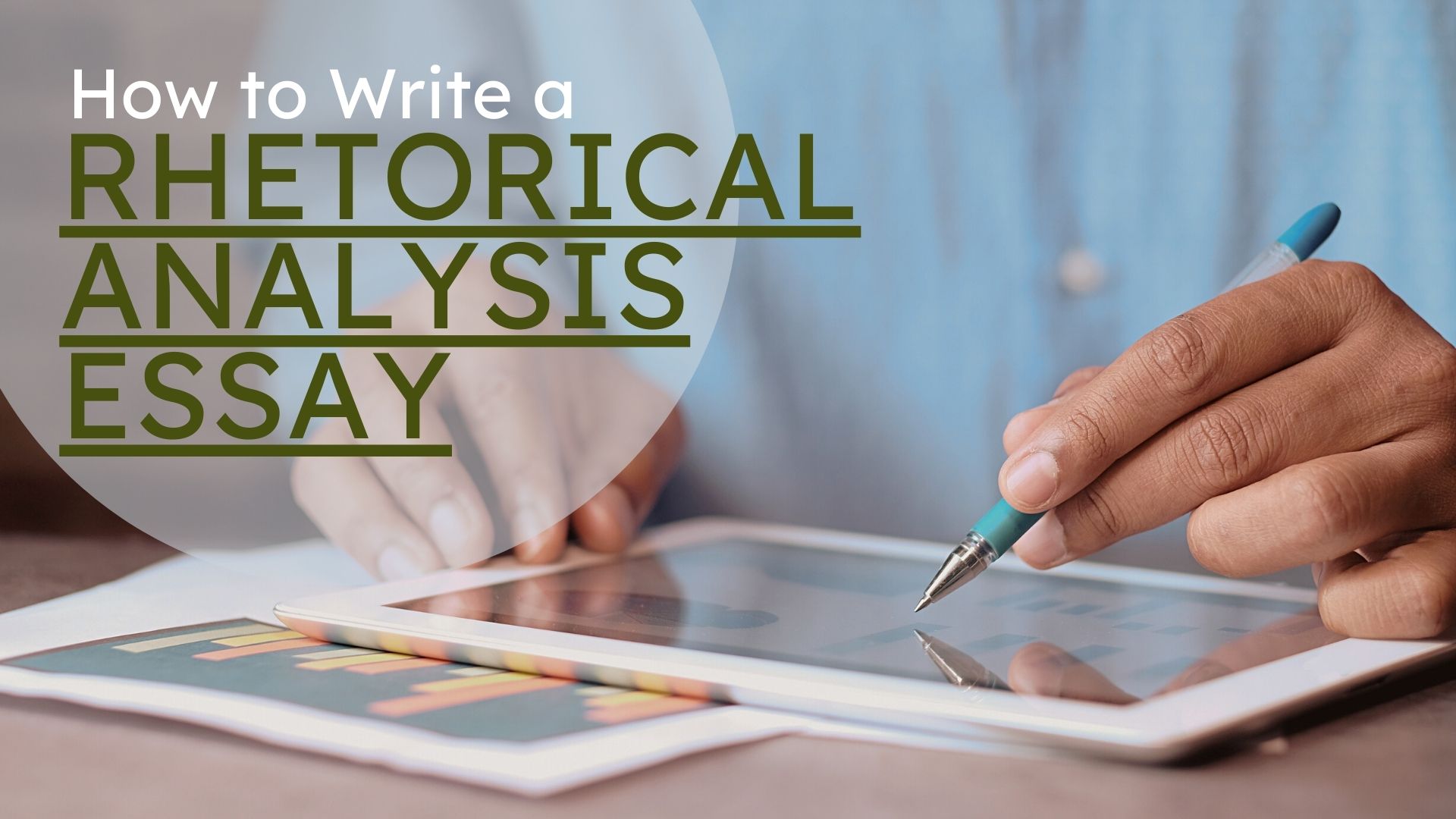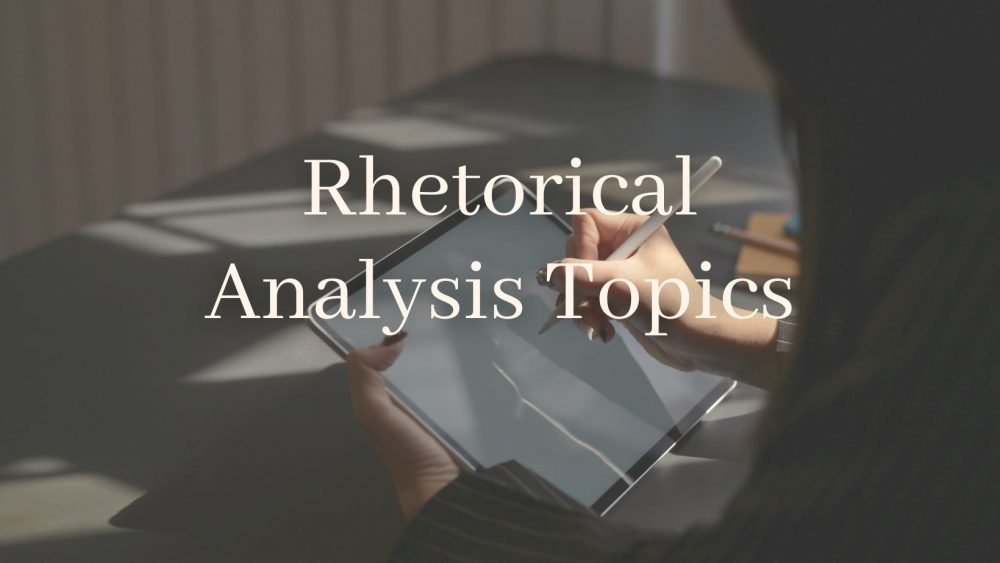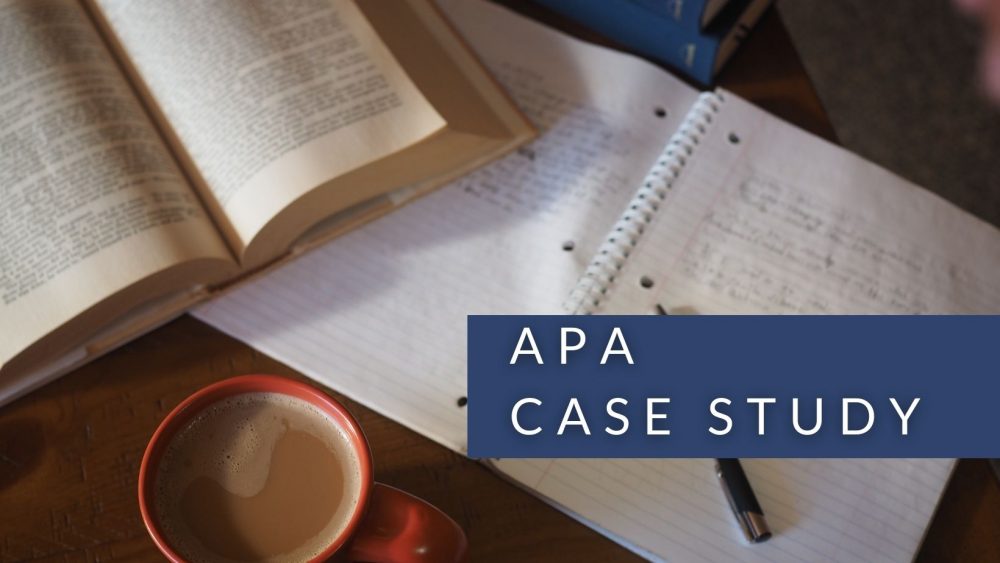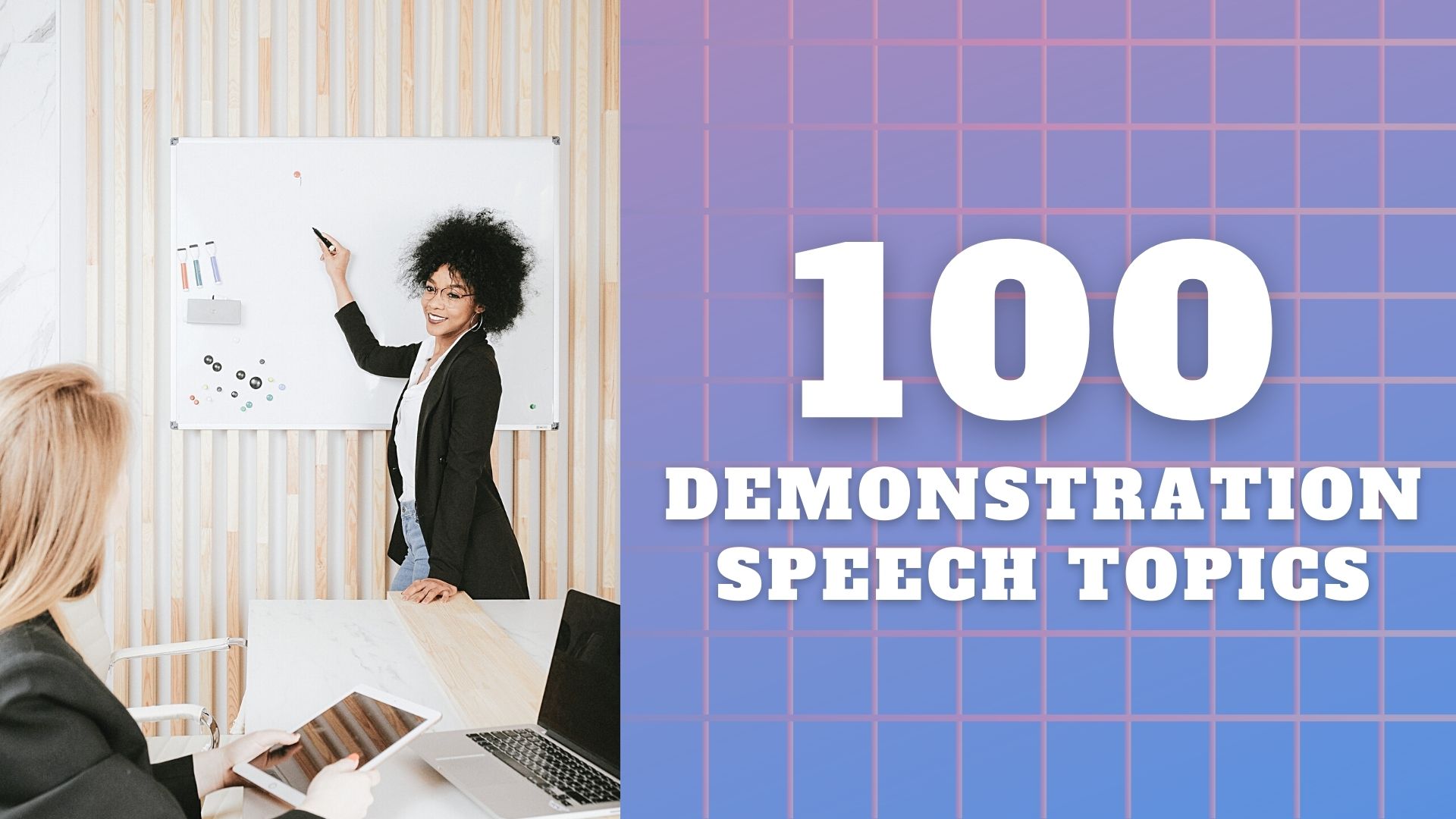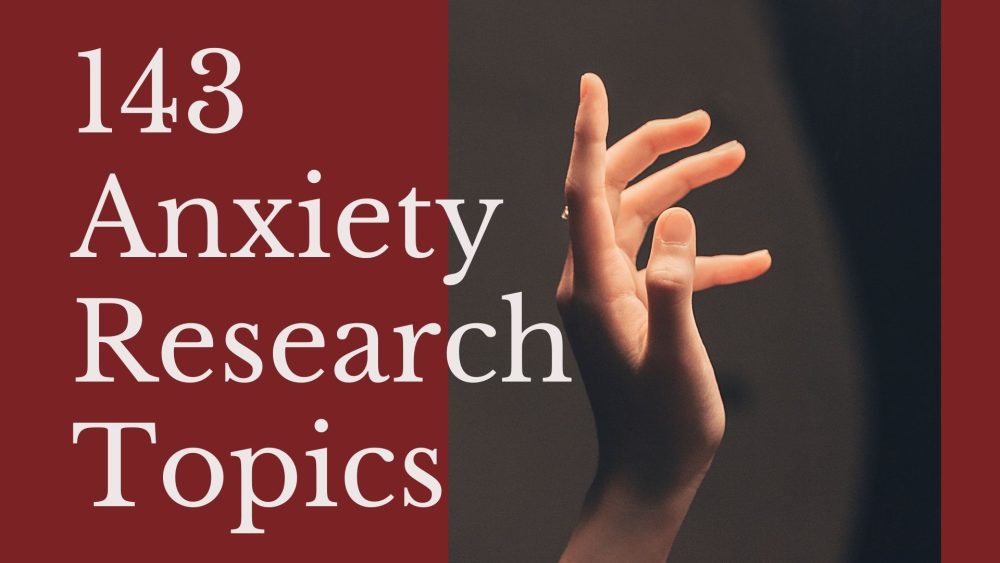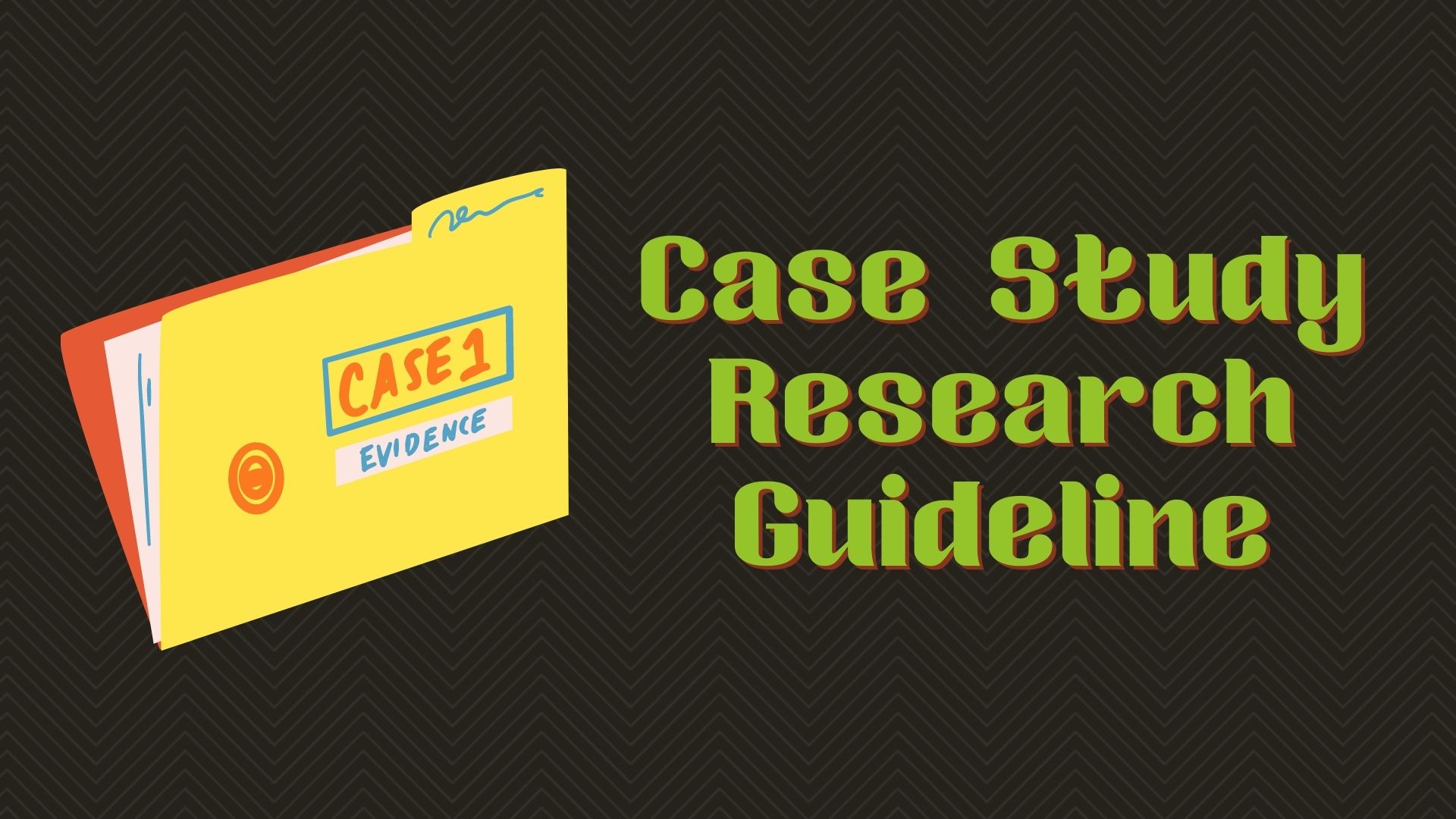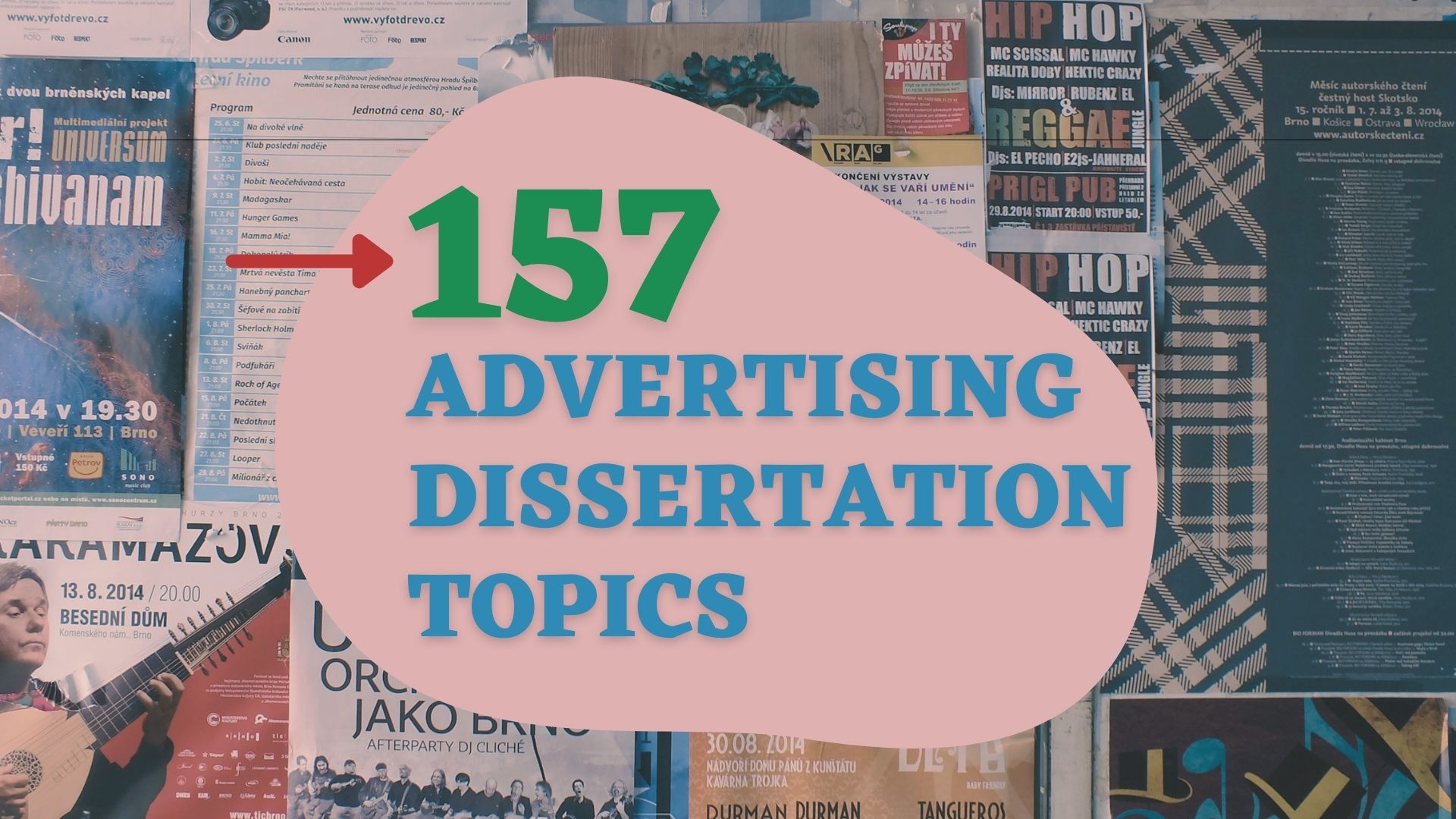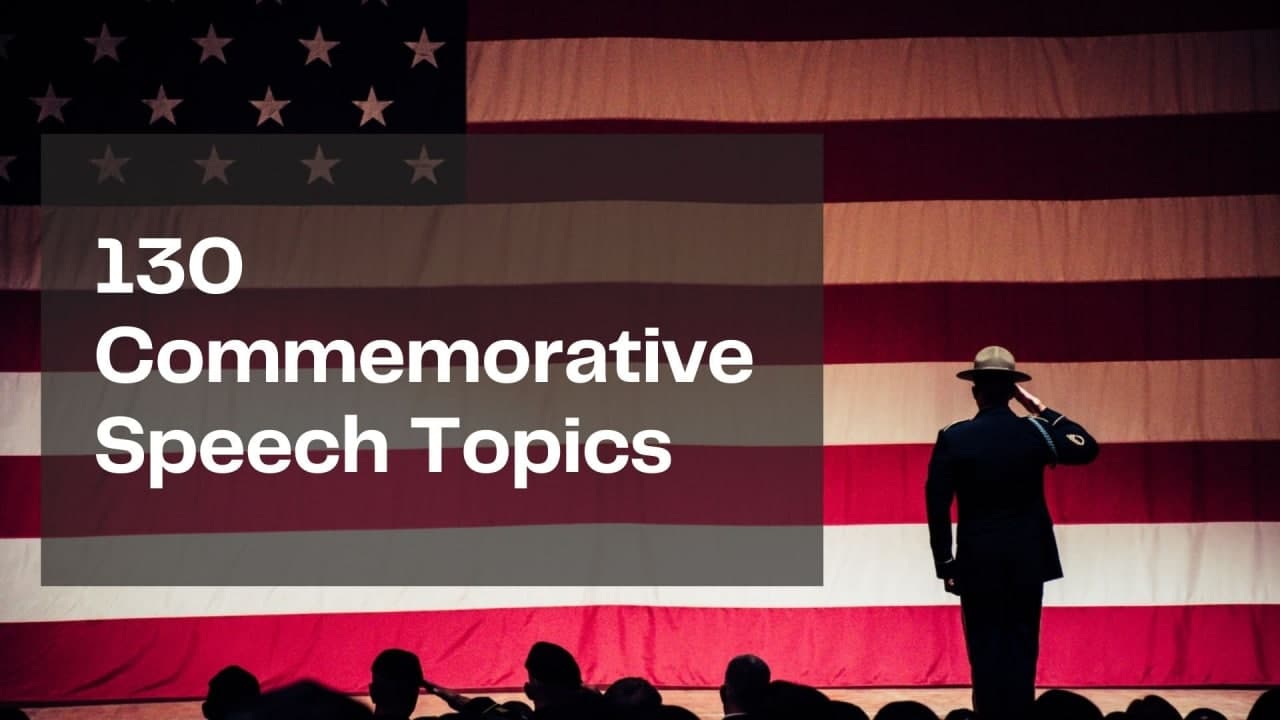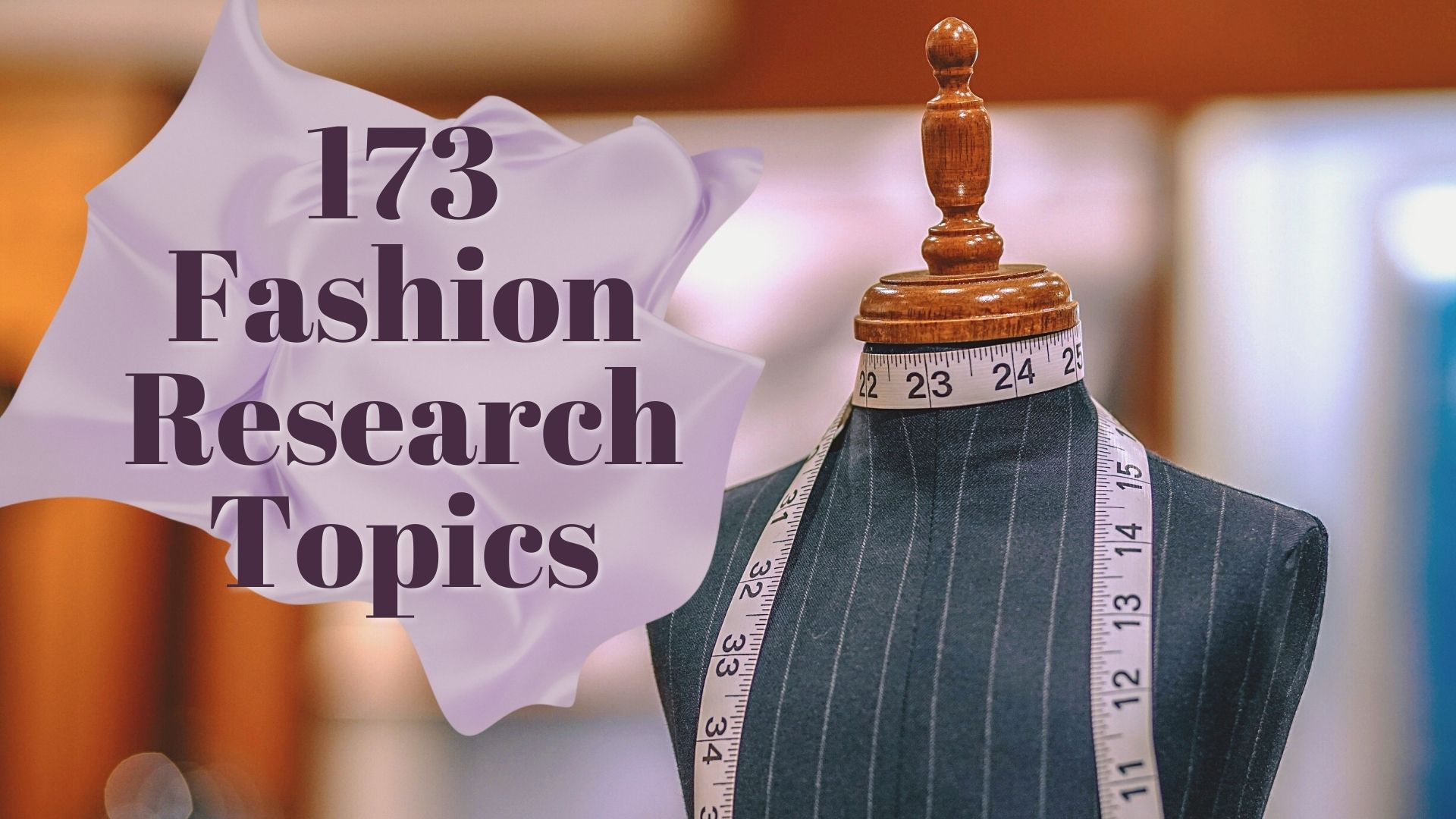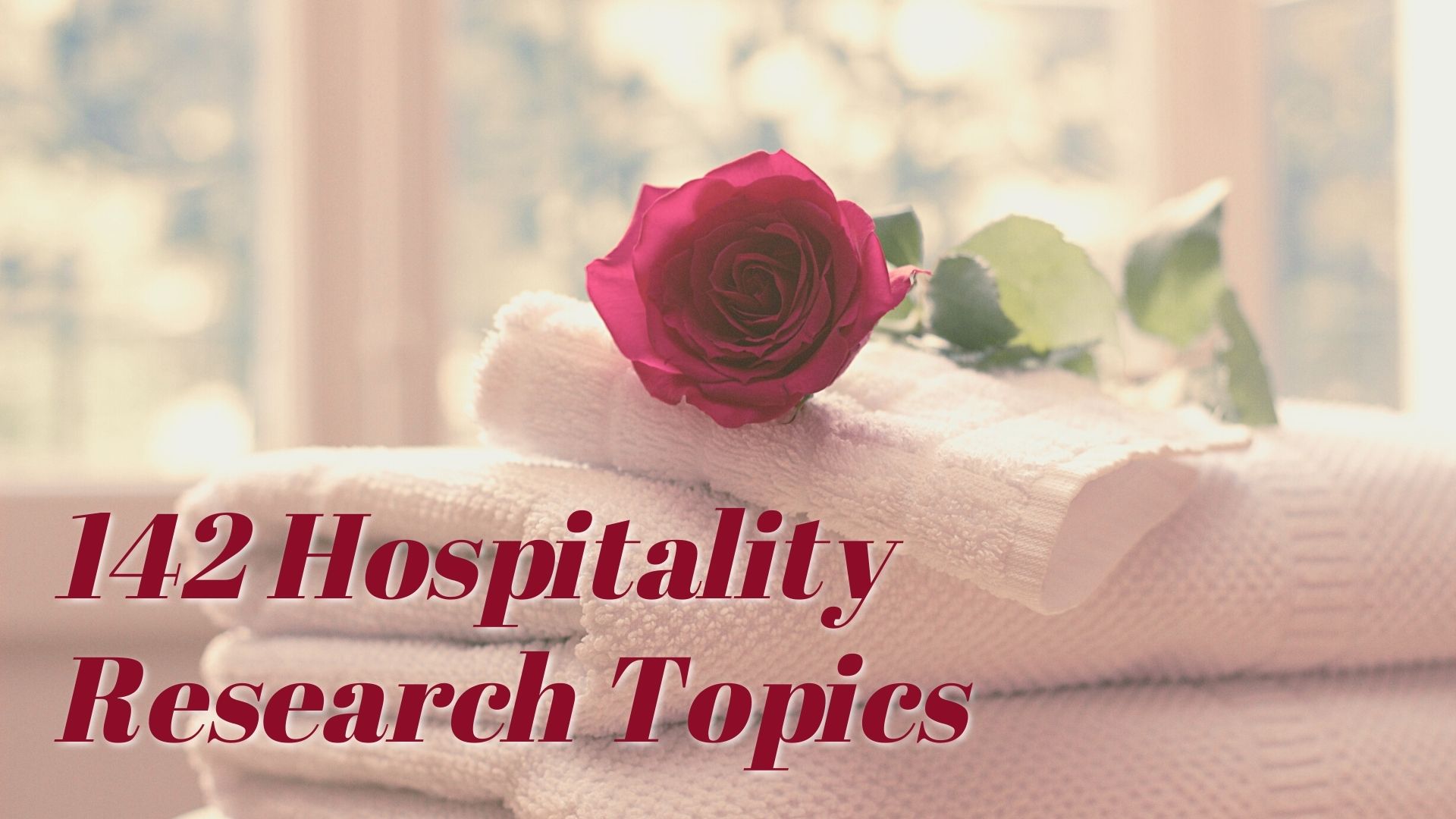A rhetorical analysis essay articulates how a writer writes to influence his readers. It evaluates and describes the words in the original text and how they impact an audience. The goal of a rhetorical analysis is not to criticize or support an argument, but to examine how a text communicates and connects with an audience to persuade them of its point of view. These skills may be very helpful the day you’ll have to prepare for dissertation defense.
What Is A Rhetorical Analysis Essay?
It’s important to know that a rhetorical analysis is not a summary of text in any form. It does not encourage students to understand the true meaning of a written text, television show, speech, a picture or any other communicative medium.
It’s difficult for students to write a rhetorical analysis essay when they don’t clearly understand it. Therefore, before you learn how to write a rhetorical analysis essay, you must understand what a rhetorical analysis is and what it is not. Once you understand it, it will be much easier for you to apply your critical thinking and reading skills to analyze a text.
Writing A Rhetorical Analysis Essay Step-by-Step
Great essays are written in stages, so if you want to write an effective rhetorical analysis essay, you have to do it step-by-step. Always remember that academic writing, especially literature review, involves critical thinking, and so if you truly want to persuade your readers, you will have to come up with a good rhetorical analysis essay outline and give importance to each paragraph.
Here’s how to write a rhetorical analysis essay step by step:
- Gather the information: Start gathering information by analyzing the rhetorical features of the original text. You can start by writing your first impression of the subject, which will later be analyzed carefully to persuade your audience. You should gather information such as:
- Find the name of the writer and whether he has any credentials to prove his authority on the subject.
- What type of text it is? What is the sentence structure? What is the word choice?
- Why did the writer choose to study this particular subject?
- Does the writer want to inform, criticize or persuade? What is his purpose?
- Who is the writer’s intended audience?
You can ask other questions too to point out the ideas and rhetorical strategies that the writer has used. The key here is to understand why the writer chose to write this way.
- Write the introduction: In the introductory paragraph, you should give a partial summary of the text that you are analyzing. Avoid giving details, because they would go in the body paragraphs where you will be defending your analysis. Write a persuasive introduction that grabs the attention and establishes a connection with your readers. The introductory paragraphs should provide the context and purpose of your analysis.You will also insert your own thesis statement in the introduction. Think about the main point that you want to put across regarding the rhetorical choices of the author. Identify whether the rhetorical strategies used by the author makes his argument weak or strong. The thesis should narrow down the focus of your analytical essay while still stating the overall intentions of your essay.
- Write the body: In the main body paragraphs, you need to arrange the author’s rhetorical strategies in a chronological way. You can also choose to organize your paragraphs by rhetorical appeals (logos, ethos and pathos), but writing your analysis in a chronological order is going to make more coherent sense. You can present your analysis in the same way that the author has chosen in the original text. The main idea here is to transition from one paragraph to another in a logical manner while analyzing specific rhetorical strategies used by the author. Concentrate on the strategies that the author has used often and has a purpose behind it.Your rhetorical analysis essay should maintain an objective tone. Although you can make your own argument in a rhetorical analysis, it’s better to remain scholarly with your analysis of the original text. Similarly, you should avoid using your personal opinion and rather depend on hard evidence for your analysis.
- Write the conclusion: In the rhetorical analysis essay conclusion, you should restate your thesis and main ideas. Do not just copy-paste your thesis statement; rather rephrase it to add more sophistication and depth to it. This will give a better understanding of your thesis to your readers now that they have read your analysis. Briefly summarize your main ideas to show how they support your thesis. Finally, let your audience know if further research is required on the subject and how it will help.
Rhetorical Appeals (Logos, Ethos and Pathos)
According to Aristotle, there are 3 different modes of persuasion in an argument: logos, ethos and pathos. These modes of persuasion are also referred to as rhetorical appeals or ethical strategies.
- Logos (logic) means that the author has used clear logic, facts, evidence and statistics to make an argument.
- Ethos (character) means that the author has used his credibility and character to build the argument.
- Pathos (emotion) means that the author has used emotions, needs or values to gain approval from his audience.
Writing An Effective Rhetorical Analysis
To write an effective rhetorical analysis, students can follow these tips, take from the top literary thesis writing help experts:
- Start by understanding what a rhetorical analysis truly is.
- Check a rhetorical analysis essay example before writing your initial draft.
- Check rhetorical analysis essay topics to get topic ideas for your essay.
- Determine the author’s purpose and intended audience.
- Don’t argue, just analyze.
- Revise twice before submission.
Rhetorical Analysis Essay Example
Looking into a good essay example can be a life savior. So checkout this great rhetorical analysis essay sample that might prove to be useful for you, especially if you’re looking for high quality rhetorical analysis essay examples.
The exigence of the music video is the joys of dancing while intoxicated. It is described in the lyrics of the song as a worry-free experience. This is clear within the first few lines of the song: “I’ve had a little bit too much,” then describing the experience of people seeming to rush by in a blur. Soon after, Gaga recalls not being able to remember the name of the club and being unable to see straight, both of which are signs of intoxication. Alcohol is the only drug shown on the music video, so it should be assumed that the intoxication stems from alcohol consumption. Just after the memory and vision issues are mentioned, the chorus goes, “Just dance. Gonna be okay.” Not long after, the lyrics again include mentions of negative effects: “Control your poison, babe, ‘Roses have thorns’, they say,” before the chorus is mentioned again and the message to just dance despite the risks is conveyed. The phase roses have thorns is a metaphor for drinking. The effects of alcohol include the positive feelings of happiness and increased social behaviors, but the negative effects serve as the thorns. The lyrics seem to convey the message that all good things come with issues or risks. Alcohol is no exception. Ignore the negative effects and just dance.
Appeals to pathos are made throughout the music video. In fact, logos and ethos are almost entirely ignored. The message is to have a great time by dancing. As mentioned earlier, intoxication has negative effects, but by just dancing, one can have a lot of fun and will be able to avoid some of the negative effects of intoxication by forgetting about them and just dancing. The term just is used here to mean only as well as do it without thinking about it too hard. After all, the main idea of the song and its lyrics is not to overthink the situation. As soon as Gaga begins describing the negative effects, she says just dance. By doing nothing else but dancing at that moment and not thinking about the negative effects, they sort of go away; at the very least, the worries go away and she can focus on having fun. This is a direct appeal to pathos. It is also an appeal to ignore logos in particular and secondarily ethos. The appeal to just dance is an encouragement not to use logic to avoid the negative effects. Instead, Gaga is arguing that one should just do what is fun.
Likewise, there is only a slight ethical appeal. In fact, ethical thinking too should be largely avoided. However, Gaga may implicitly appeal to some ethical judgment. In the parts in which she sings, the lyrics are all about dancing. There are no sexual references. In fact, the thorns of the rose may also refer to being hit on by guys. Yet, in the one part that a male singer, Colby O’Donis, cuts in, all that he sings about is trying to take a girl home, presumably to have sex with her. But the focus of the female part is on dancing exclusively, perhaps suggesting that this can be avoided. The ethical appeal is not necessarily in avoiding the encounter, but, instead, avoiding the encounter if it is unwanted. This is made much clearer in the video, as there are two couples shown kissing. The first couple continues kissing, while the second, which included Gaga, pushes the guy away. Even so, there is only a very mild, implicit ethical appeal that is only really noticeable in the visual aspects of the music video.
The lyrics and images fit in perfectly with genre conventions. Drinking alcohol and dancing at parties are both very popular topics. Moreover, the erratic camera movements and general strangeness fits in quite well with the genre. While many other music videos in the genre stick more closely to unambiguous, unoriginal lyrics and scenes (e.g., Kanye West’s music videos), most have abstract images and ambiguous scenes, both of which are in the Just Dance music video. This presentation, in combination with the lyrics, fits very well with Lada Gaga’s image. She uses abstract metaphors in her life, such as when she wore a meat suit to promote efforts against killing animals for their meat. Even if many may perceive Gaga to be a capricious alcoholic in this video, that is certainly not the point, which is, again, to have fun and dance when intoxicated. It may be a mixed message, but clearly Gaga enjoys her partying lifestyle. While, by her account, she does not want to be a poor role model, she wants to stress the importance of balancing fun with a responsibility.
In conclusion, Lady Gaga’s Just Dance music video presents a view into the night of a woman who is intoxicated and who can just dance to have fun. This woman, played by Gaga of course, can cut loose and have fun, ignoring the negative effects of alcohol, while subtly inserting what can be interpreted as a message to women not to be completely off-guard when intoxicated and dancing around men. With society’s current and justified worries about drinking and driving, it is a little disappointing that the song does not include a direct reference to safe driving after drinking. The lyric “Where are my keys?” may even be interpreted to mean that she believes that she is okay to drive. In fact, this is a perfect opportunity for Gaga to insert a lyric about safe driving, even though it would possibly contradict the worry-free attitude that is not only condoned in the song, but is actually encouraged. Nonetheless, the song is not a blueprint for how to spend a night of drinking. Instead, it encourages women, and men too, to just dance and have fun on these nights. At the end of the night, which does not occur within the context of the song, may include being much more responsible, but while the party is still going, Gaga is sending the message to have fun and do not worry.
Get Best Essay Writing Help
To write an effective rhetorical analysis, you just have to figure out why the writer chose to write the way he did. But first, you have to carefully read the text to understand the main idea behind it. Only when you truly understand the overall arguments of a text, you can analyze it for rhetorical features.
You might still be finding it difficult though, which is totally fine. That’s why we are here for you. Our thesis writing service is exceptional in tackling any types of assignments, even rhetorical analysis essays, or something as top level as PhD dissertation help. So get in touch with us to take advantage of the best essay writers in the biz!
